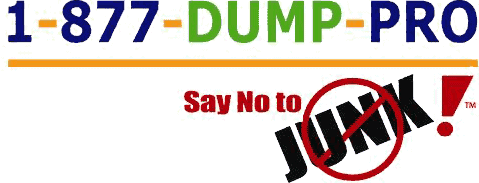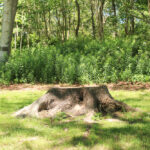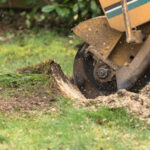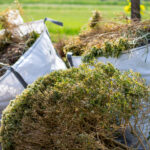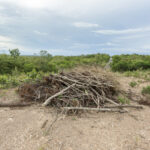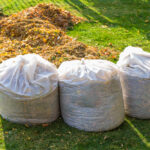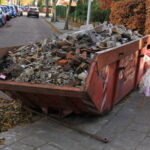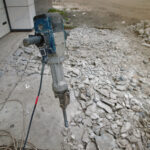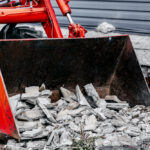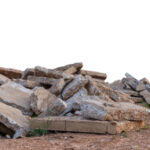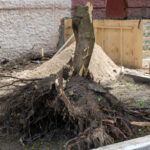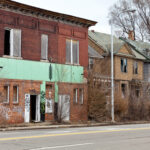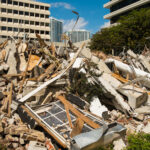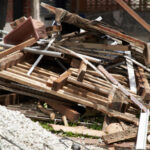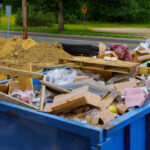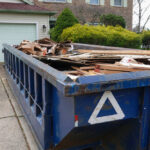Menu
Cleaning The Junk Out Of Your Life Is As Easy As 1 2 3!
Junk Removal
Testimonial
Our Clients Feedback

Read More
I was skeptical because I've never came across any dump companies that were as awesome as these guys. They were very friendly and professional. I had to clean out my parents home after they both passed. They made me feel comfortable and at ease.

Read More
I had an excellent 5-star experience with DUMP PRO. After explaining the amount of items via phone, they gave me already an estimated quote range via phone and after arriving onsite, the final price stayed within that quote range. Their prices are highly competitive and much better than other bigger junk removal companies in the bay area.

Read More
Michael and his crew did a great job doing a complete backyard clearing. His crew did the complete job in two days. They did a terrific job cleaning up and hauling everything away. I would definitely recommend Michael if your looking for any work done around your house.

Read More
First of all let me just start off by saying these guys are the absolute best in the business!!!!!! Hands down, couldn't ask for any better guys to do the job. I was skeptical at first because Great customer service, great communication, very fast & efficient! Thanks Again Mike & team!

Read More
Michael and the team are really great. They hauled away a huge amount of debris from my house and it was very difficult, but they pushed through. Furthermore, they stayed beyond dark to finish the job they committed to, and honored the quote. Great guys and hard workers.

Read More
Highly recommend Michael/crew. He helped me haul everything on short noticed and needed a second hauling and again, in short noticed, got the job done. Great communicator and service. Friendly crew and so helpful. The pricing was great as far as comparison to other few quotes that I've gotten. I've used this company prior with a different crew, still awesome team as well. Thank you for all your hard work!!

Read More
Highly recommend Michael/crew. He helped me haul everything on short noticed and needed a second hauling and again, in short noticed, got the job done. Great communicator and service. Friendly crew and so helpful. The pricing was great as far as comparison to other few quotes that I've gotten. I've used this company prior with a different crew, still awesome team as well. Thank you for all your hard work!!

Read More
I just used Dump Pro to load a whole truck full of tree limbs and wood from a deck we took down. It was more economical to use them, where they come, do all the loading, and sweep clean any area they have cleared, than it would have been to have a dumpster dropped off. Mike, who runs the business, was on time, courteous and thorough, as was his crew. Thumbs up for this team!

Read More
I have used1877 Dump Pro several times I would highly recommend them to anyone that needs these services the crew that came out was 2 women and 2 men..They were very efficient, Fast and very friendly.I can say nothing but wonderful things about Dump Pro and the employees.........Your's Truely A Satisfied Customer

Read More
I quoted three highly rated dirt removal companies. Dump Pro was the only company who gave an accurate quote and who published their pricing schedule. Its easy to estimate the load size by measuring the debris yourself. The quotes from two other highly rated companies grossly exaggerated the load size and had higher rates. Dump Pro was exceptionally professional, much fairer than their competitors and had the best prices.
Previous
Next
" We Are Committed To Getting Rid Of All Your Unwanted Junk and Clutter "
Dumpster Rental in Mill Valley, CA.
Residential and Commercial Dumpster Rental Options in Mill Valley, CA
Why Choose 1-877-DUMP-PRO for Your Dumpster Needs?
In the dynamic landscape of Mill Valley, CA, the need for reliable waste management solutions is paramount. That’s where 1-877-DUMP-PRO enters the picture, presenting itself as a beacon of excellence in the dumpster rental industry. Our longstanding presence in the Marin County has equipped us with insights, allowing us to carve out bespoke solutions catering to both residential and commercial requirements. With an unwavering dedication to exceptional service, our team aims to provide the utmost value for your investment, making every penny count.
Choosing 1-877-DUMP-PRO isn’t merely a transactional decision. It’s a partnership built on trust, integrity, and a mutual understanding of the distinct waste management needs of Mill Valley, CA. Our promise? Punctual deliveries, transparent pricing, and an unparalleled customer support line at 877-386-7776, ensuring every interaction is a testament to our commitment to your satisfaction. Trust us to prioritize your needs, always.
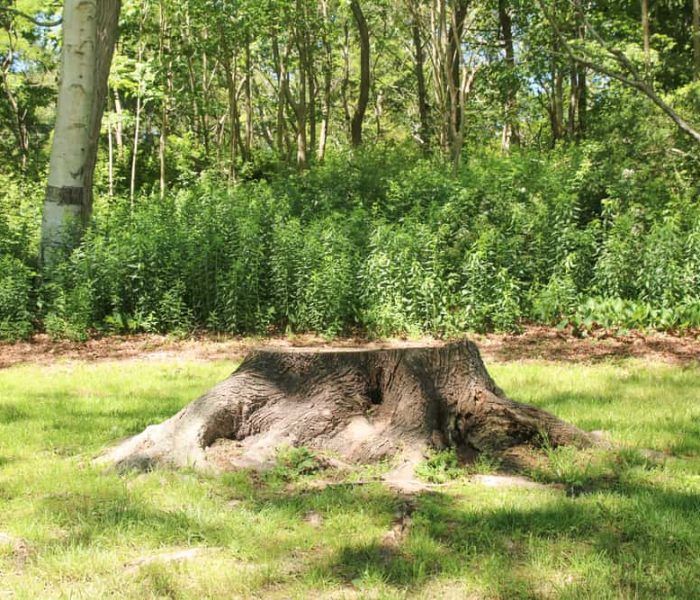
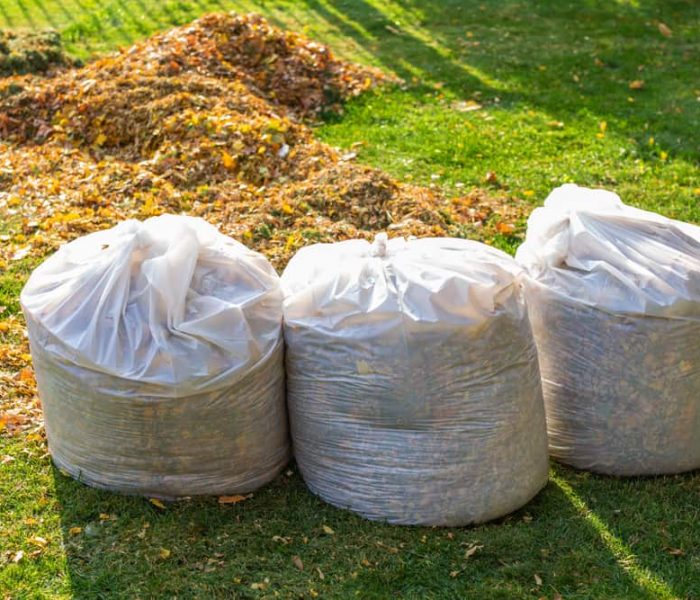
Tailored Dumpster Solutions for Every Project
Every project has its distinct requirements, and at 1-877-DUMP-PRO, we’ve made it our mission to cater to them all. Whether you’re spearheading a large-scale commercial construction in Marin County or conducting a minor home renovation in Mill Valley, CA, we have a dumpster that fits the bill. With environmental considerations at the forefront, our diverse fleet of dumpsters, ranging from compact residential bins to expansive commercial containers, stands ready to meet any demand.
In Mill Valley, CA, we’re not just a service provider; we’re community partners. Our team’s profound knowledge of the area’s waste management regulations and needs ensures that we offer dumpsters tailored to each project type. Safety, efficiency, and adherence to local standards are our hallmarks. If you’re uncertain about your needs or require specialized advice, don’t hesitate to reach out to us at 877-386-7776. Our dedicated specialists will assist you, ensuring your project proceeds without any waste management hitches.

Commitment to Sustainable Practices in Marin County
Sustainability is more than a buzzword; it’s a responsibility. At 1-877-DUMP-PRO, while our primary goal is to offer superior dumpster rentals, our vision extends to championing sustainable waste management practices within Marin County. Our deep-rooted operations in Mill Valley, CA not only drive our service excellence but also fuel our passion for environmental conservation. Every dumpster we deploy becomes a symbol of our dedication to eco-centric waste disposal and recycling practices.
Our collaborative efforts with local recycling centers in Marin County fortify our mission. This synergy ensures that recyclable materials don’t end up in landfills but are processed and repurposed correctly. Residents of Mill Valley, CA deserve a service that mirrors their environmental consciousness, and at 1-877-DUMP-PRO, we pledge to deliver just that.
In a world grappling with environmental challenges, choosing an eco-friendly service can make a difference. So, for a reliable, efficient, and environmentally-friendly dumpster rental experience in Mill Valley, CA, look no further than 1-877-DUMP-PRO. Let’s work together towards a greener tomorrow. Join our growing family of satisfied clients and make an impact.
Contact Us
Mill Valley is a city in Marin County, California, United States, located about 14 miles (23 km) north of San Francisco via the Golden Gate Bridge and 52 miles (84 km) from Napa Valley. The population was 14,231 at the 2020 census.
The first people known to inhabit Marin County, the Coast Miwok, arrived approximately 6,500 years ago. The territory of the Coast Miwok included all of Marin County, north to Bodega Bay and southern Sonoma County. More than 600 village sites have been identified, including 14 sites in the Mill Valley area. Nearby archaeological discoveries include the rock carvings and grinding sites on Ring Mountain. The pre-Missionization population of the Coast Miwok is estimated to be between 1,500 (Alfred L. Kroeber’s estimate for the year 1770 A.D.) to 2,000 (Sherburne F. Cook’s estimate for the same year). The pre-Missionization population of the Coast Miwok may have been as high as 5,000. Cook speculated that by 1848 their population had decreased to 300, and was down to 60 by 1880. As of 2011 there are over 1,000 registered members of the Federated Indians of Graton Rancheria, which includes both the Coast Miwok and the Southern Pomo, all of whom can date their ancestry back to the 14 survivors original tribal ancestors.
In Mill Valley, on Locust Avenue between Sycamore and Walnut Avenues, there is now a metal plaque set in the sidewalk in the area believed to be the birthplace of Chief Marin in 1781; the plaque was dedicated on May 8, 2009. The village site was first identified by Nels Nelson in 1907 and his excavation revealed tools, burials and food debris just beyond the driveway of 44 Locust Ave. At that time, the mound was 20 feet (6.1 m) high. Another famous Mill Valley site was in the Manzanita area underneath the Fireside Inn (previously known as the Manzanita Roadhouse, Manzanita Hotel, Emil Plasberg’s Top Rail, and Top Rail Tavern, most of which were notorious Prohibition-era gin joints and brothels) located near the intersection of U.S. Route 101 and California State Route 1. Built in 1916, the “blind pig” roadhouse was outside the dry limits of the city itself. Shell mounds have been discovered in areas by streams and along Richardson Bay, including in the Strawberry and Almonte neighborhoods.
Beginning with the foundation of Mission San Francisco de Asís, commonly known as Mission Dolores, in 1776, the Coast Miwok of southern Marin began to slowly enter the mission, first those from Sausalito followed by those from areas now known as Mill Valley, Belvedere, Tiburon and Bolinas. They called themselves the “Huimen” people. At the mission they were taught the Catholic religion, lost their freedom, and three quarters died as a result of exposure to European diseases. As a result of the high death rate at Mission Dolores it was decided to build a new Mission San Rafael, built in 1817. Over 200 surviving Coast Miwok were taken there from Mission Dolores and Mission San Jose, including the 17 survivors of the Huimen Coast Miwok of the Richardson Bay Area. California Missions.
Learn more about Mill Valley.Useful links for Mill Valley, CA
Here are some engineering-related links:
